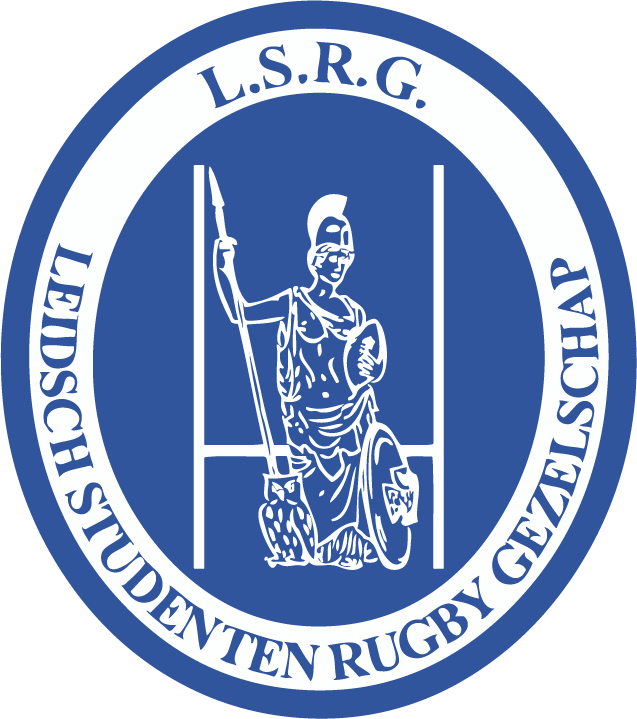Why a foundation?
A foundation should ensure that the future of the L.S.R.G. is secured and that the bond between the current L.S.R.G. and former L.S.R.G. and stronger.
What was the motivation to take this step?
After the Pan-0vale of 2000/2001 season, the new board faced the possible demise of the L.S.R.G., which at that time totalled about 14 men. Half of the gezelschap had decided to quit or move to premier league clubs, after all, they had graduated. Besides, there was no coach. ZME Minerva still had an outstanding debt, left over from the 1980s of just under fl 2,000.00, also the club account was at zero. Things were not looking good and the board was faced with the choice to start winding down the gezelschap, or try to bring new life into it.
Naturally, this board chose to rebuild the L.S.R.G. The plan included the following points:
- Involve Old L.S.R.G.-ers for good advice.
- Attracting sponsors (Former L.S.R.G. members) to give the gezelschap some financial stability.
- Calling Old L.S.R.G. players to come back to play.
- Going all out to promote L.S.R.G. and attract new players.
- Establish an open culture – everyone is welcome to play rugby at the L.S.R.G.
- Graduating does not mean quitting.
In the end, it all worked out. We are healthy again. In the above story, it keeps coming back that Old L.S.R.G.-ers played an important role in the rebuilding process. The main sponsor became PriceWaterhouseCoopers through Luuk Wiertsema. Bas Arendse came to coach and advise the board including Bart Verhulst and Michiel Snijders. On the sporting front, Jack van Zijp, Huub de Veld and Rob Lindeman returned to play.
It was another Former L.S.R.G. player (Marc Schoon) who arranged for us to get in touch with (former national team coach) Iain Krysztofiak. With Iain's arrival, our sporting performance improved by huge strides and the social structure of the company improved. We are now a proper rugby club again. The L.S.R.G. has three healthy teams, there are enough coaches, while we have managed to keep "the Gevoeltje".
The University Board of Governors has decided to cut back on sports and subsidies to the University Sports Centre have shrunk significantly in recent years. A new University Sports Centre was supposed to come up in 2008, with a brand new Palenpad. So far, however, not a pole is in the ground. The L.S.R.G. is closely monitoring the developments at the University in order to secure a future new Palenpad.
What core properties remain if we distil everything? What have we learned from recent years?
- Always engage Old L.S.R.G. for advice and support.
- Build a structure and culture aimed at attracting new members and retaining current ones.
- Be open, friendly and promote rugby in general and playing rugby at the L.S.R.G. in particular.
Accordingly, the Stichting has three focus points.
- Realising the involvement of Old L.S.R.G.-ers in a tangible way.
- Creating a financial foundation by attracting donors and thus supporting the L.S.R.G. in a sustainable way.
- Being a stable factor in the sometimes turbulent life of the L.S.R.G.
In the administrative year 2009-2010, the Stichting was set up. In cooperation with then-president Rinke Blok, Paul Walenkamp (former secretary), Wouter Prins (former president, former treasurer) and Kees-Jan Westmaas (former secretary, former game secretary) took the final step to form a foundation. On Friday March 19th 2010, the Stichting beheer Leidsch Studenten Rugby Gezelschap 1960 was officially established.
